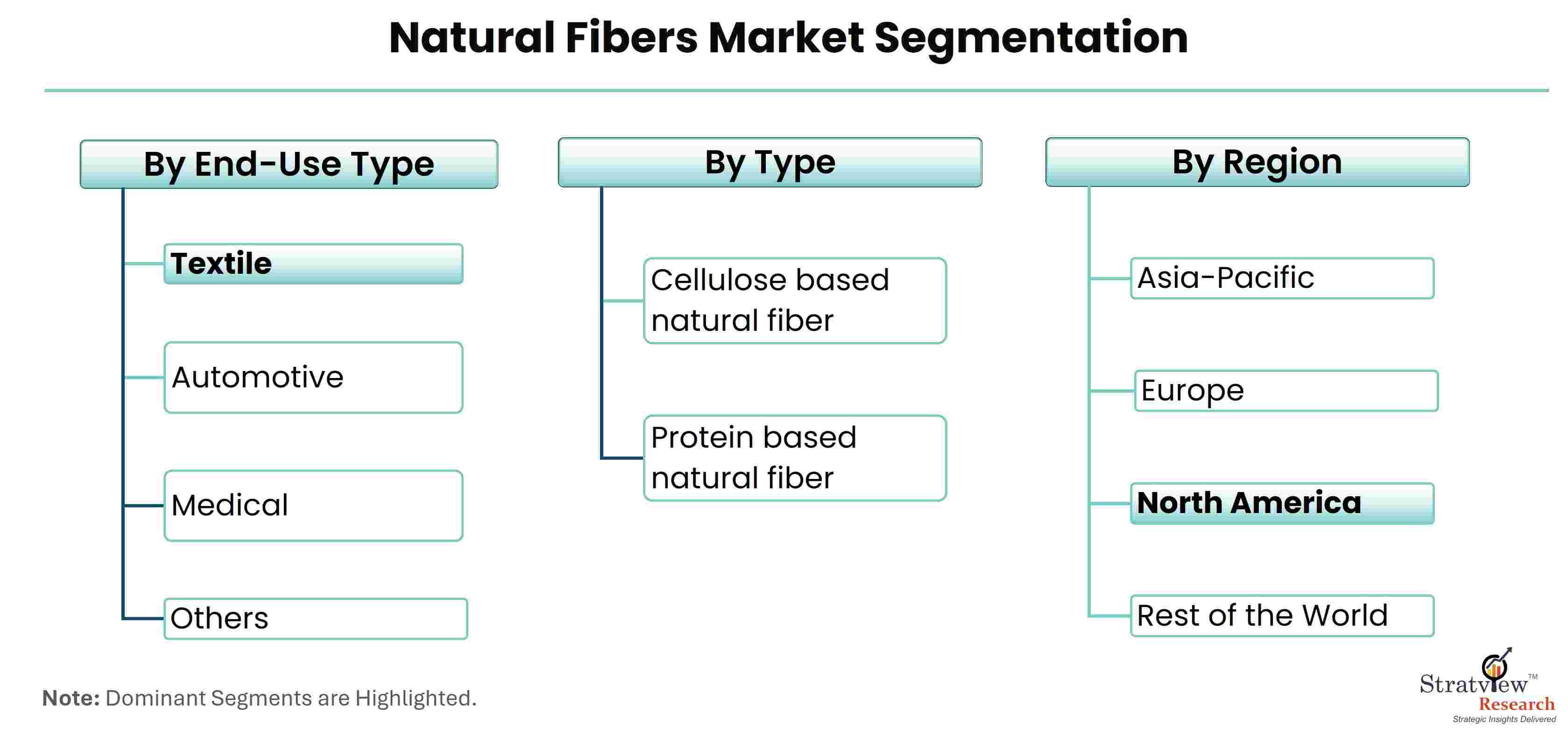-
Nieuws Feed
- EXPLORE
-
Pagina
-
Groepen
-
Events
-
Blogs
-
Marketplace
-
Forums
-
Spellen
Sustainable Solutions: Natural Fibers' Impact on the Textile Industry

According to Stratview Research, the natural fibers market was estimated at USD 4.8 billion in 2022 and is likely to grow at a CAGR of 7.6% during 2023-2028 to reach USD 7.5 billion in 2028.
In recent years, the textile industry has faced mounting scrutiny over its environmental and social impact. From water pollution and chemical use to labor exploitation, the conventional textile production processes have been associated with a myriad of sustainability challenges. However, amidst these concerns, natural fibers have emerged as a beacon of hope, offering sustainable solutions that are reshaping the textile landscape. In this article, we explore the profound impact of natural fibers on the textile industry and their role in promoting sustainability.
The Environmental Imperative
The textile industry is one of the most resource-intensive sectors, consuming vast quantities of water, energy, and chemicals in the production of fabrics and garments. Moreover, the prevalence of synthetic fibers derived from petrochemicals contributes to carbon emissions and plastic pollution, exacerbating environmental degradation. In this context, natural fibers present a compelling alternative, offering inherent biodegradability, renewable sourcing, and reduced environmental footprint compared to their synthetic counterparts.
Advantages of Natural Fibers
Natural fibers are derived from plants, animals, and minerals, and encompass a wide range of materials, including cotton, wool, silk, hemp, and bamboo. These fibers offer several advantages that make them well-suited for sustainable textile production:
Renewability: Natural fibers are sourced from renewable resources, such as cotton plants, sheep, or bamboo forests, which can be replenished through natural processes.
Biodegradability: Unlike synthetic fibers, which can persist in the environment for hundreds of years, natural fibers are biodegradable, breaking down into organic matter without leaving behind harmful residues.
Low Environmental Impact: The cultivation and processing of natural fibers typically require fewer chemicals and fossil fuels compared to synthetic fiber production, resulting in lower greenhouse gas emissions and reduced pollution.
Comfort and Breathability: Natural fibers are prized for their comfort, breathability, and moisture-wicking properties, making them ideal for clothing and textiles worn close to the skin.
Transforming the Textile Industry
The adoption of natural fibers is driving a paradigm shift in the textile industry, with profound implications for sustainability and market dynamics:
Demand for Sustainable Products: Increasing consumer awareness of environmental and social issues is driving demand for sustainable textiles made from natural fibers. Eco-conscious consumers are seeking out products that are ethically produced, environmentally friendly, and free from harmful chemicals.
Brand Commitments to Sustainability: Fashion brands and retailers are responding to consumer demand for sustainability by integrating natural fibers into their collections and adopting transparent and responsible sourcing practices. Many leading brands are setting ambitious sustainability goals and investing in initiatives to reduce their environmental footprint.
Innovation in Fiber Technology: Advancements in agricultural practices, textile processing, and fiber engineering are expanding the range of natural fibers available in the market. From organic cotton and recycled wool to innovative blends and bio-based materials, these innovations are driving the adoption of natural fibers across diverse applications.
Circular Economy Initiatives: Natural fibers play a crucial role in the transition towards a circular economy in the textile industry, where materials are recycled, reused, and repurposed to minimize waste and resource consumption. Initiatives such as textile recycling, closed-loop manufacturing, and upcycling are gaining momentum, offering new opportunities for natural fiber producers and manufacturers.
Conclusion
Natural fibers are poised to play a pivotal role in shaping the future of the textile industry, offering sustainable solutions that address environmental, social, and economic challenges. By embracing natural fibers and transitioning towards more responsible and transparent production practices, the textile industry can reduce its environmental footprint, promote circularity, and meet the growing demand for sustainable products. As consumers increasingly prioritize sustainability in their purchasing decisions, natural fibers are not just a trend but a transformative force driving positive change in the textile industry.
- Whats New
- Shopping
- Wellness
- Sports
- Theater
- Religion
- Party
- Networking
- Music
- Literature
- Art
- Health
- Spellen
- Food
- Drinks
- Fitness
- Gardening
- Dance
- Causes
- Film
- Crafts
- Other/General
- Cricket
- Grooming
- Technology

